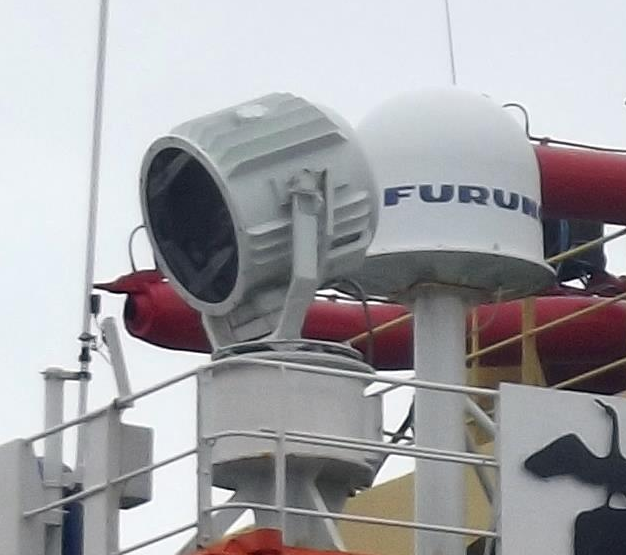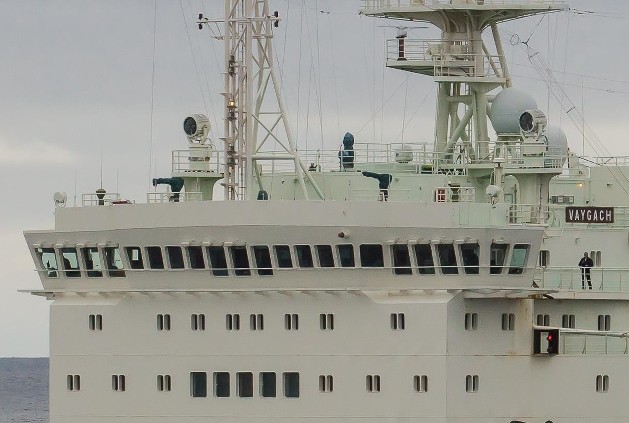Two layers seems like overkill to me, and 1/8 - 5/32 is probably thick enough. High power lights like this either use a single layer of borosilicate or regular tempered glass, and none seems to have any issues with rain, or heavy seas. But there is hundred of different types of glass out there with different resistance to thermal shock. To be 100% sure, I would have ordered a small sample piece of the glass. Measure the light glass with a IR gun. Use a piece of heat resistant tape on the glass to take the readings off (normal IR guns have problems with readings on reflective surfaces) Then heat the sample piece up in a oven to the same temp and sprinkle water on. Increase the temp and repeat. To be comfortable, I would like atleast a 25-50 C reserve. You really don't want the glass to pop in rain. If it does, and water hit the lamp, that goes to, and may take out the reflector...
Now that will ruin your day
 :candle:
:candle:
Now that will ruin your day


Last edited:




